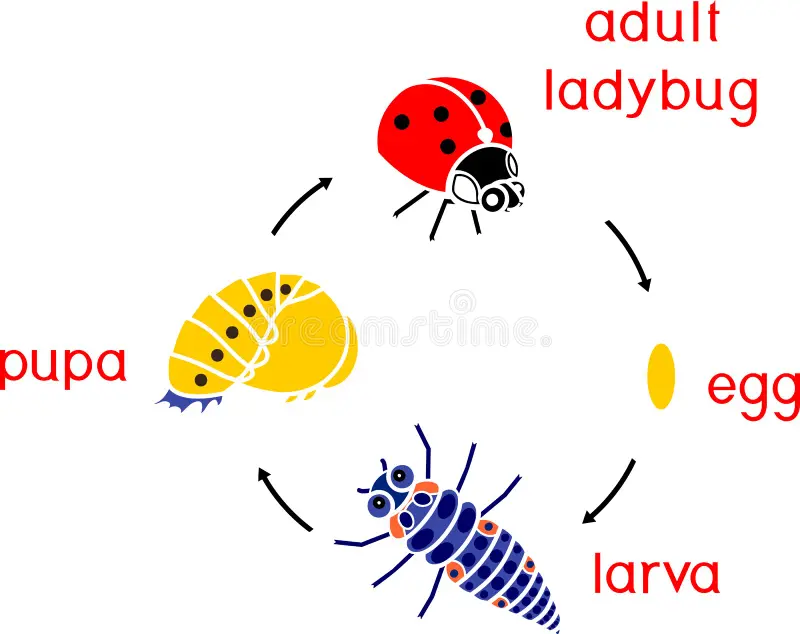In the intricate ecosystem of dragon fruit cultivation, deploying microbial pathogens unveils a potent strategy: the disruption of pest life cycles. Microbial allies like Bacillus thuringiensis and Beauveria bassiana carried out this strategic move with great accuracy. It is an important step in protecting dragon fruit plants from pests. Let’s delve into the nuances of this disruptive process, where targeted intervention meets ecological harmony.
Table of Contents
Understanding the Pest Life Cycle
To comprehend the significance of disrupting pest life cycles, it’s essential to unravel the intricacies of their developmental journey. From egg to adulthood, pests undergo a series of stages, each presenting vulnerabilities that can be exploited. Microbial allies capitalize on these critical junctures to orchestrate their intervention.

Targeting vulnerable points
Armed with insight into pest life cycles, microbial pathogens aim for the vulnerable points in their physiology. Bacillus thuringiensis, for instance, produces Cry proteins that specifically target the digestive systems of certain insect larvae. This precision targeting ensures the intervention is focused and effective, minimizing collateral damage to non-target organisms.
Interference with Crucial Developmental Stages
The true strength of microbial pathogens lies in their ability to interfere with crucial developmental stages of pests. Microbial allies impede the progression of pest populations by disrupting processes vital for growth and reproduction, such as feeding, moulting, or pupation. This interference serves as a potent deterrent against unchecked infestations.

Hampering Reproductive Capabilities
A key objective of disrupting pest life cycles is to hamper their reproductive capabilities. By preventing pests from reaching maturity or reproducing successfully, microbial allies curtail the exponential growth of pest populations. This proactive measure not only mitigates immediate damage but also prevents future outbreaks, ensuring the long-term health of dragon fruit plants.
Preventing Population Explosions
One of the most significant benefits of disrupting pest life cycles is the prevention of population explosions. By targeting vulnerable developmental stages, microbial allies arrest the exponential growth of pest populations. This proactive intervention keeps pest numbers in check, minimising the risk of widespread infestations and preserving the integrity of the orchard ecosystem.
Minimising Damage to Dragon Fruit Plants

Ultimately, the disruption of pest life cycles translates into tangible benefits for dragon fruit plants. By reducing pest populations and mitigating their reproductive capabilities, microbial allies minimise the damage inflicted on dragon fruit plants. This proactive approach not only preserves the yield and quality of the fruit but also fosters a healthy and resilient orchard environment.
Conclusion:
In the intricate choreography of dragon fruit pest control, the disruption of pest life cycles emerges as a masterstroke of precision and efficacy. Microbes that work with dragon fruit plants protect their health by targeting specific areas, messing with important developmental stages, and stopping the plants from reproducing. As agriculture continues to embrace sustainable and eco-friendly practices, the disruptive prowess of microbial pathogens stands as a beacon of hope, ensuring a harmonious coexistence between nature and cultivation.
